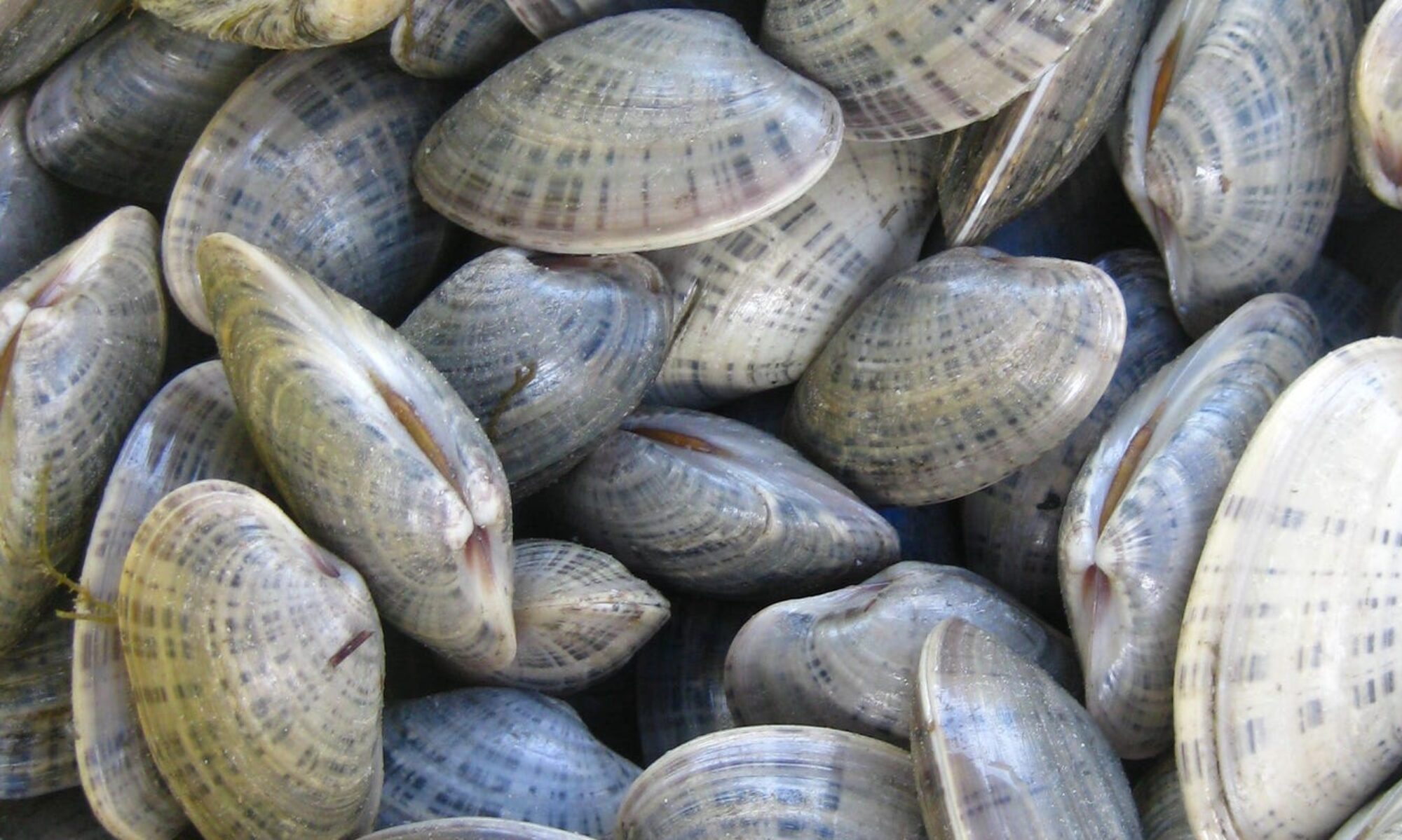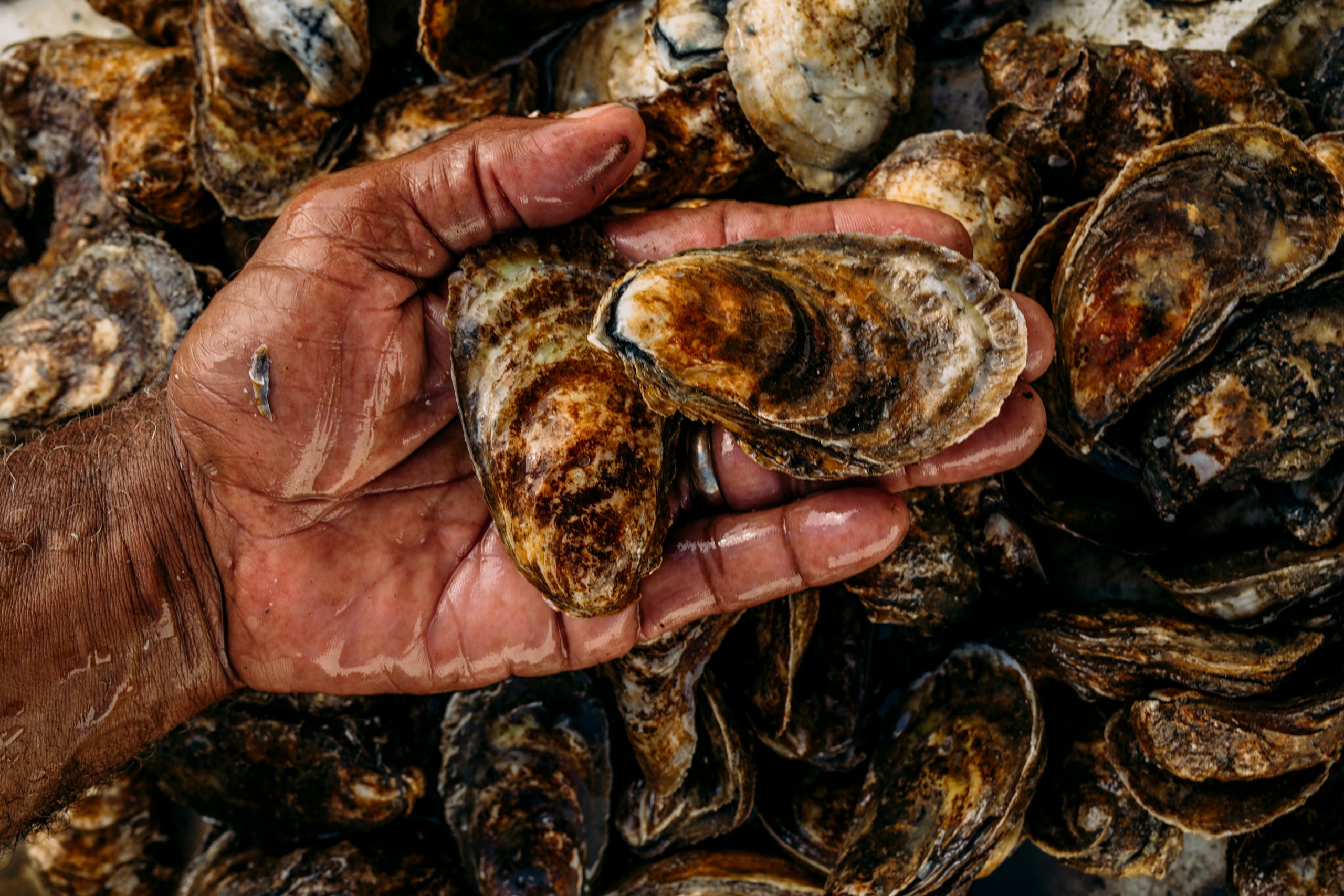Disease resistance in Open Marine Ecosystems
Naturally-occurring diseases challenge sustainable aquaculture production. Hatcheries and breeding programs have responded by developing stocks for aquaculture production that perform well even when faced with disease-causing pathogens. Work in our lab along with colleagues is finding that disentangling genetic variation for disease-responsive traits, particularly resistance to disease-causing parasites or simply survival and performance when infected (i.e. tolerance) is a complex problem. For example, resistance to the endemic oyster parasite Perkinsus marinus negatively covaries with oyster survival once infected. That is, oysters that tolerate P. marinus infection, a fatal condition known as dermo disease, have demonstrated a lower capacity to resist infections.
Individual responses to disease-causing parasites can impact entire populations in marine ecosystems. This is because many of the most familiar pathogen transmission modes, like biting vectors, are rare in the ocean. Instead, transmission is more common when hosts contact or eat free-living parasite stages such as spores and cysts, which use ocean currents to spread potentially over hundreds of kilometers. This openness extends the impacts of how individual organisms respond to disease out to entire ecosystems.
In the case of oysters and dermo disease, when aquaculture production relies on stocks bred to tolerate disease but not resist infection, disease prevalence and its impact increase in cultured oyster populations and any wild oyster populations nearby. We are working to better understand how pathogens spread through coastal waters and how selective breeding for traits desirable for aquaculture production cascade to influence disease risks throughout marine ecosystems.

